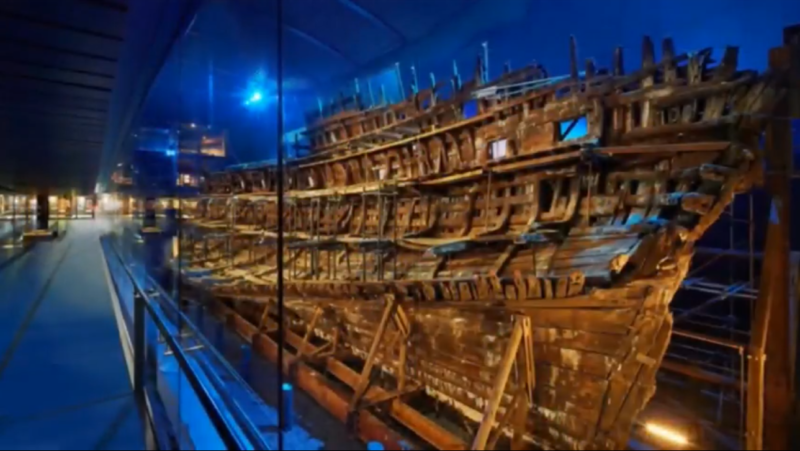Tiny magnets will escort ions out of rare material from a shipwreck

Enlarge (credit: Corr et al. 2018)
In 1545, freshly refitted to carry a greater number of heavy cannon, the warship Mary Rose sailed into battle against a French fleet north of the Isle of Wight. The debate over what happened next is still heated, but the most accepted version is that the added weight of the cannons made the Mary Rose sit almost a meter lower in the water than before. When the ship made a sharp turn-or perhaps when a sudden gust of wind caught the sails-water poured into open gunports, flooding the ship. Nets in place over the deck, meant to repel enemy boarders, ended up trapping more than 500 sailors aboard as the ship went down.
The Mary Rose, and many members of her crew, spent the next 437 years getting buried under several meters of silt at the bottom of the Solent, the strait north of the Isle of Wight. That silt helped preserve about 40 percent of her hull and about 19,000 artifacts and pieces of timber, which archaeologists recovered in 1982. That's incredible luck for a 500-year-old shipwreck, especially one as historically significant as the Mary Rose, but the waterlogged wood of Henry VIII's prize warship still faces a threat.
Eating away at the woodSome of the marine bacteria that move in when a ship sinks munch on sulfur and release a compound called hydrogen sulfide. And when iron fittings, cannons, and other artifacts corrode, they release ions that react with the hydrogen sulfide to produce iron sulfides. That doesn't matter much in an environment without much oxygen-and there's not much in several meters of silt at the bottom of the Solent, for instance. But when exposed to air again, the iron sulfides react with oxygen to produce sulfate salts and sulfuric acid, which eat away at the already fragile timbers and artifacts where wood is in contact with iron.
Read 12 remaining paragraphs | Comments